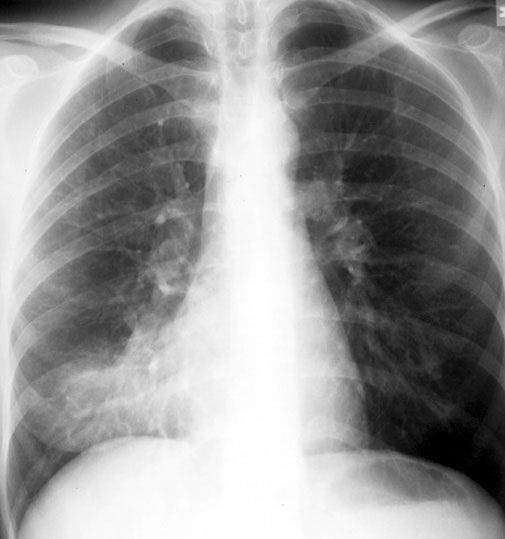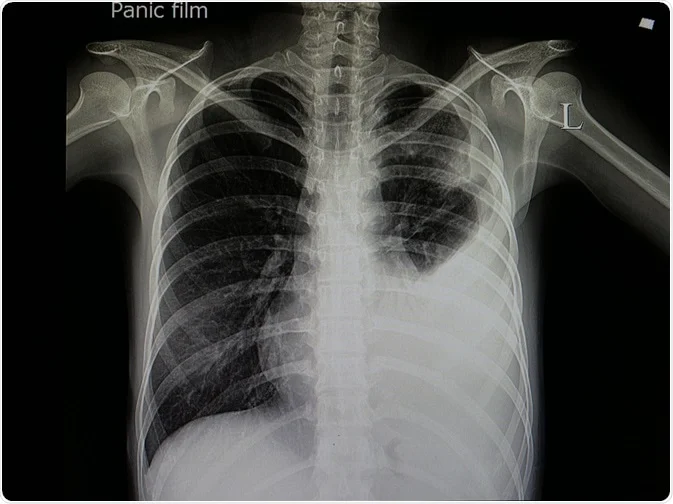14 Safety Tips for a Hassle-Free Summer
Getting ready for the summer months means preparing for the possibility of heat waves. The peak summer months, June, July, and August, can bring unbearable heat. As this period could involve a sudde...

By Modern60
Last Updated on,
May 15th, 2025

Pneumonia is a severe health condition in which bacteria, fungi, or viruses cause an infection in one or both lungs. When infected, the air sacs fill with pus and other liquids. Some common symptoms include a productive cough, chills, fever, and difficulty breathing. Treating this condition immediately before it worsens and leads to other concerns is essential. Let’s look at some of the risk factors and classification of the disease.
Pneumonia has many causes, and all of them are classified into different categories. According to experts, more than 30 different causes can develop this condition. Some types of pneumonia are:

As the name suggests, bacteria cause this type of pneumonia. One of the most common bacteria here is Streptococcus pneumoniae. This bacteria usually enters the body when one’s immunity is weak due to illness, poor nutrition, or even old age. As time passes, the bacteria entering the lungs cause severe health problems.
Some people are more likely to get infected with this type. For example, individuals who underwent surgery recently or are currently down with a respiratory or viral infection are at a higher risk. But generally speaking, anyone with a weakened immune system should be careful.

Various viruses cause this type of pneumonia. Influenza, or the flu virus, can also lead to cases of this condition. Statistics show that about a third of those with pneumonia have viral pneumonia. People with this type can sometimes also develop bacterial pneumonia.

It is also called atypical pneumonia and is known for its different symptoms and physical signs. This type of pneumonia is mainly caused by Mycoplasma pneumoniae and affects any age group. The symptoms can be mild to severe, depending from person to person.
While other factors like fungi can also cause the condition, such cases are less common. Note that when one or more parts of the lungs are affected, it is called lobar pneumonia; when the infection is in patches throughout both lungs, it is called bronchial pneumonia.
Knowing the risk factors of pneumonia is essential because they make it easy for the condition to develop in the individual’s body. Here are some to keep note of:
Although pneumonia can impact people of all ages, the risk is greater among infants and older adults over 65. While an infant’s immune system is not fully developed to fight the disease, the immune system of an older adult is weak due to aging.
Some conditions make it easy for bacteria or viruses to enter one’s lungs and cause this disease. These chronic conditions can include asthma, diabetes, heart disease, chronic obstructive pulmonary disease (COPD), and kidney disease. Such disorders can weaken the immune system and sometimes reduce lung function, increasing the risk of getting this disease.
Since nutrition is vital for building a strong immune system, insufficient nutrients can put one at risk of developing this disease. So, following a healthy and well-balanced nutrition plan that poses no potential health risks is important.
People with recent respiratory illnesses may be more susceptible to infection. This happens because their immune system is tired from overworking to fight off fever during recovery. As a result, it cannot battle the bacteria and viruses that cause pneumonia.
If a person has a hard time swallowing due to health problems like Parkinson’s disease or because of a stroke, they are at a greater risk. The saliva, food, or drink can enter the wrong pipe and cause aspiration pneumonia.
Exposure to pollutants like air pollution and toxic fumes can cause lung irritation. This irritation can lead to complications and increase the chances of this disease.
Poor sanitation can lead to the growth of bacteria and viruses. This can allow allergens to enter the body, resulting in infections that can cause complications and severe health issues.
Additional risk factors include recent surgery, indoor pollution, overcrowded places, or pre-existing diseases like measles or cystic fibrosis.
It is important to be wary of symptoms that point towards this disease and diagnose it early to start treatment at the right time. Vaccination is recommended for individuals over 65 to prevent pneumonia. The doctor may suggest antibiotics for bacterial pneumonia, while viral pneumonia resolves independently as no specific treatment exists. Besides treatment, one can use remedies like following a healthy meal plan, drinking more fluids, getting sufficient rest, oxygen therapy, and prescriptions for cough, cold, and fever.

The Editorial Team at Modern60 is a group of highly skilled professionals with diverse backgrounds in journalism, content creation, editing, and digital media. They bring a wealth of experience and expertise to ensure that every piece of content meets our strict editorial guidelines and quality standards. The team is dedicated to delivering accurate, well-researched, and engaging content across various subjects, including health, wellness, lifestyle, and current events. With their commitment to upholding the highest standards of journalism and content creation, the Modern60 Editorial Team is the driving force behind our mission to empower and inspire our readers.


Unlock expert insights and tips with our exclusive ebook. Enter your email to get your free copy.
Please check your email for a welcome message from Modern60. If it's not in your inbox, kindly check your spam or junk folder
There are no comments yet